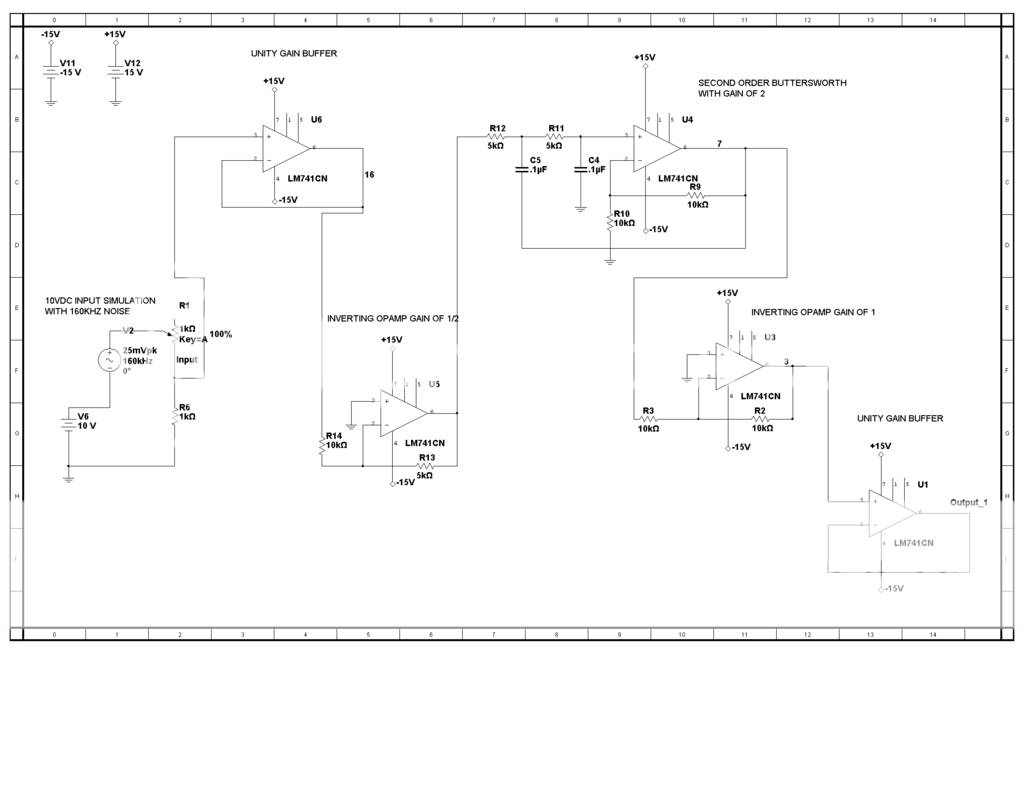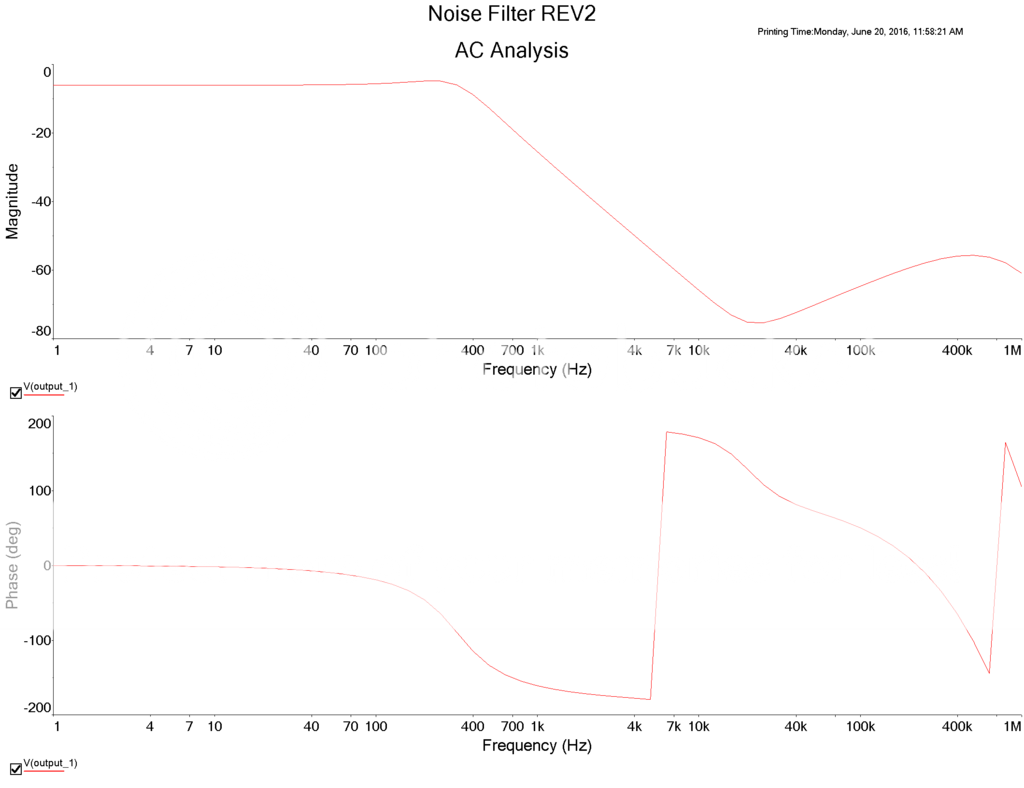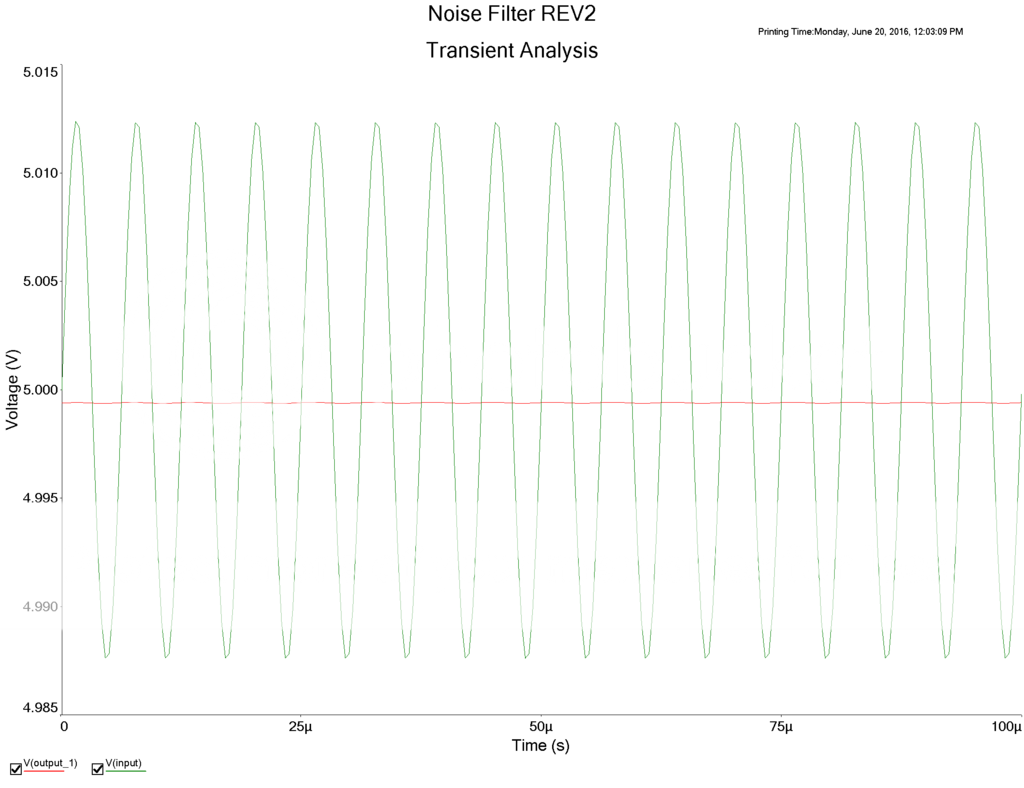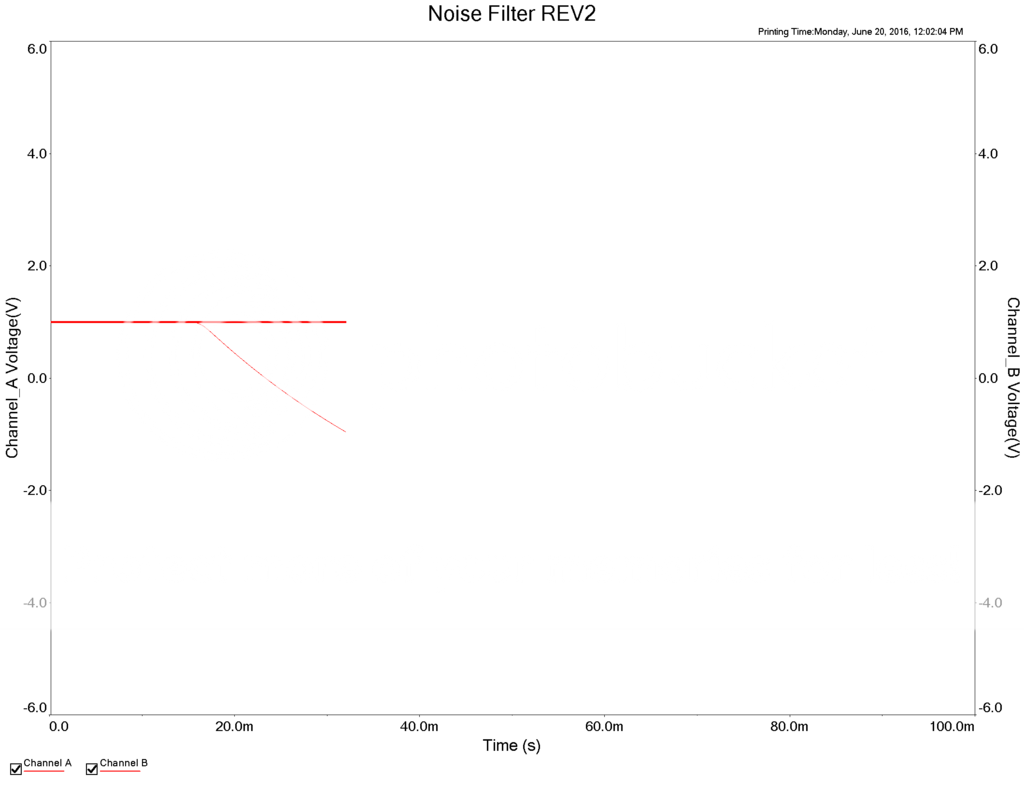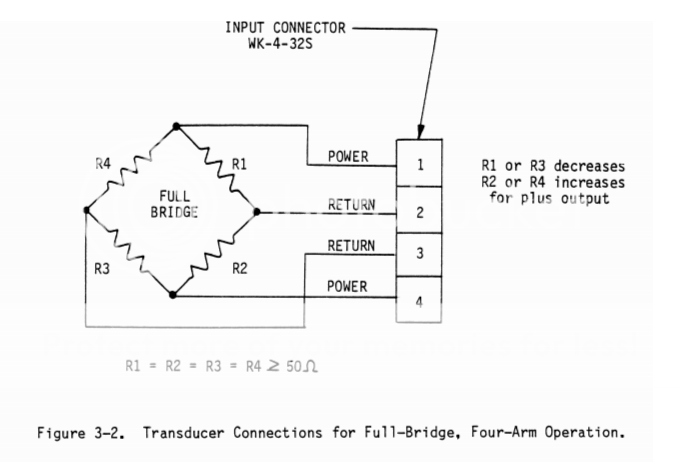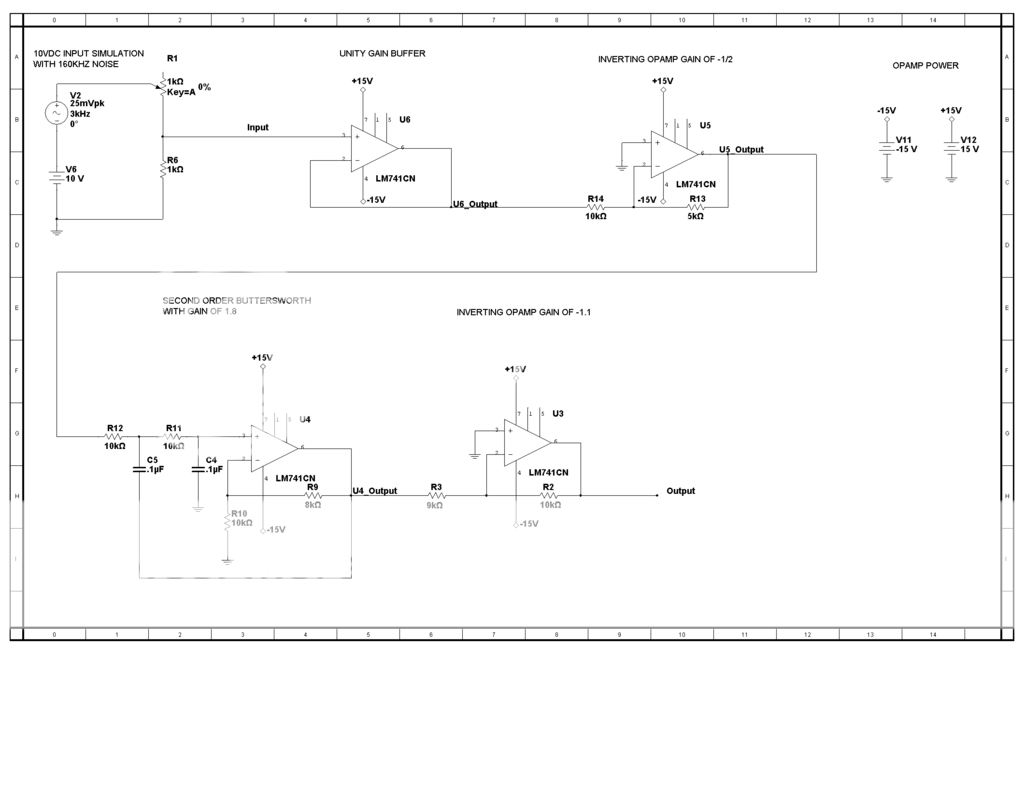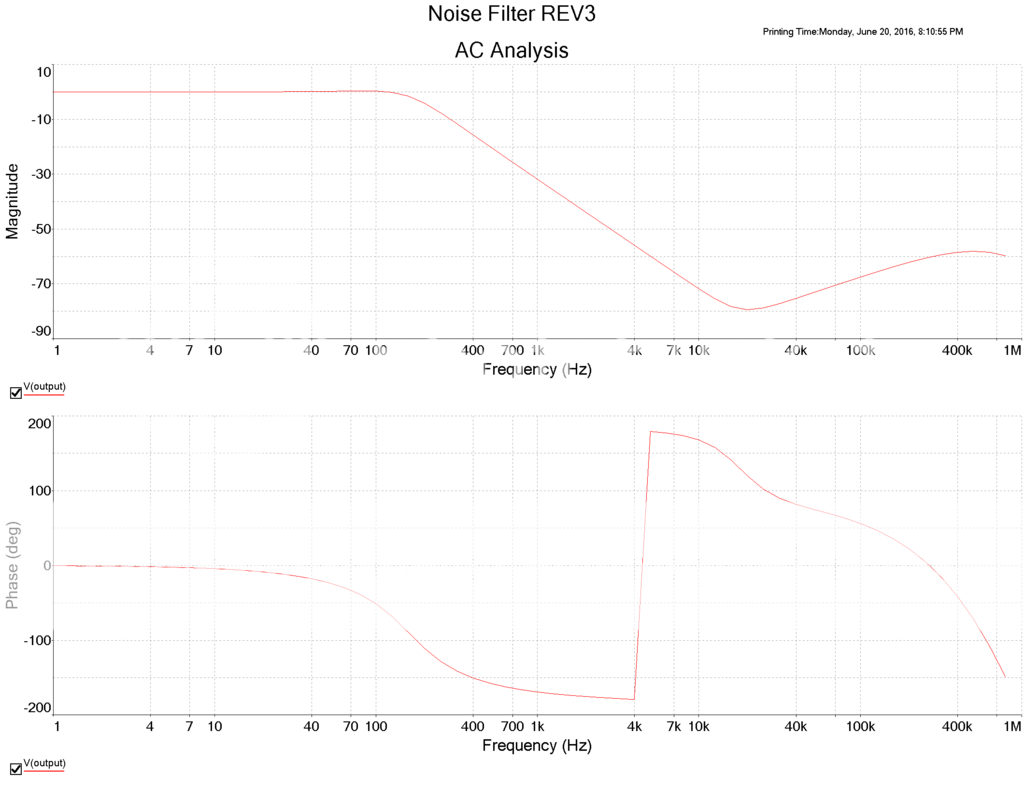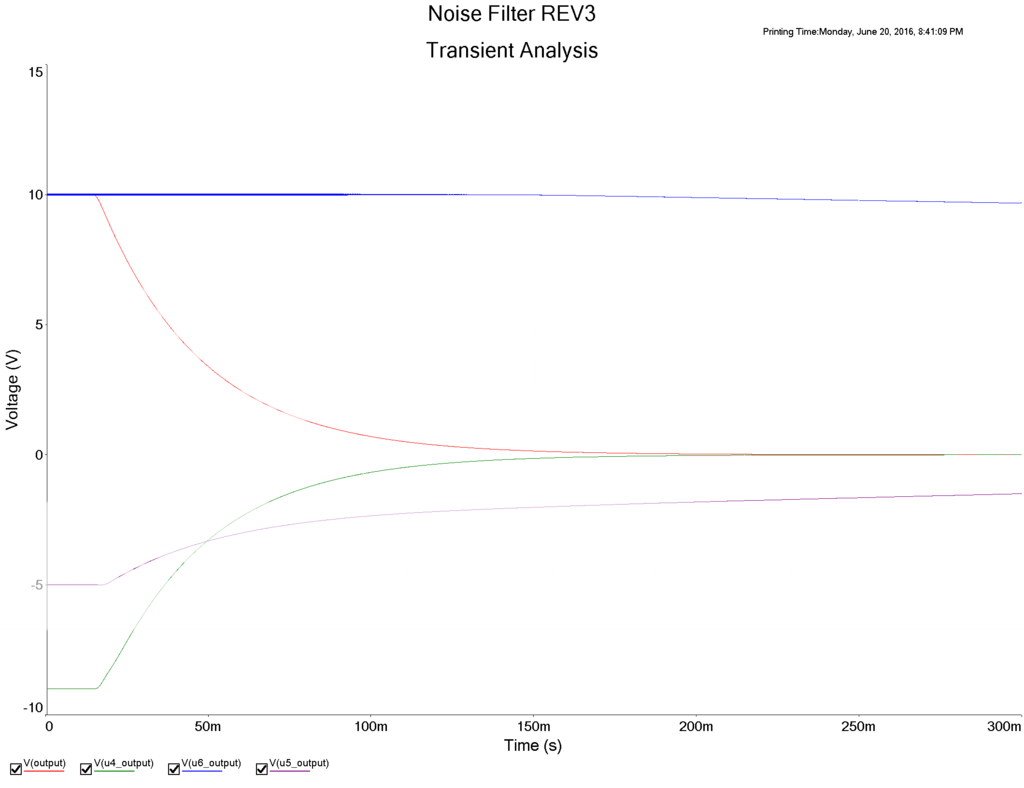Armando Maldonado
New Member
Should i not even us the TI portion? I need a settling time in the 50ms range or faster. I thought i might need it in order to help with settling time since my filter's cut off frequency is so low at 160Hz.
Should i do.
Buffer-->passive filter at 160Hz cut off-->active buttersworth at 160Hz cut off-->buffer again?
Or
Buffer-->passive filter at 160Hz cut off-->TI circuit im currently using at 160Hz cut off-->buffer again
Upgrade to the OPA opamp?
Should i do.
Buffer-->passive filter at 160Hz cut off-->active buttersworth at 160Hz cut off-->buffer again?
Or
Buffer-->passive filter at 160Hz cut off-->TI circuit im currently using at 160Hz cut off-->buffer again
Upgrade to the OPA opamp?

